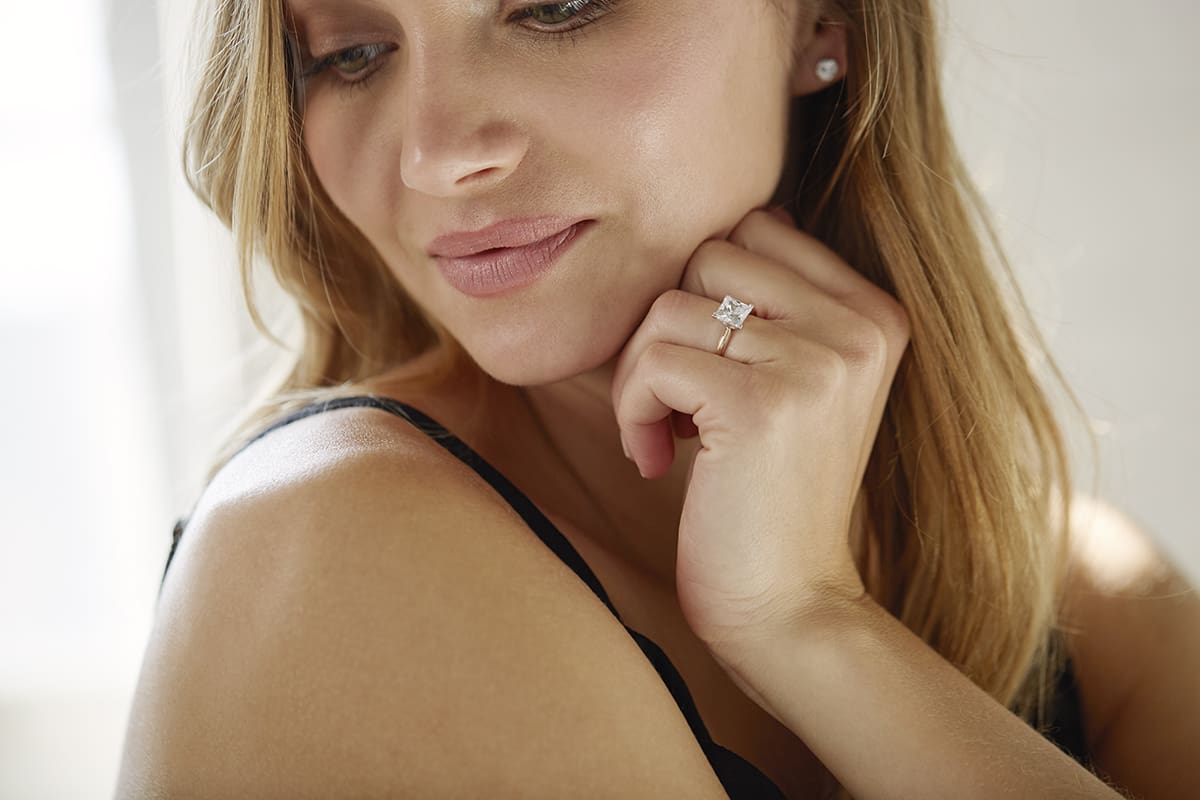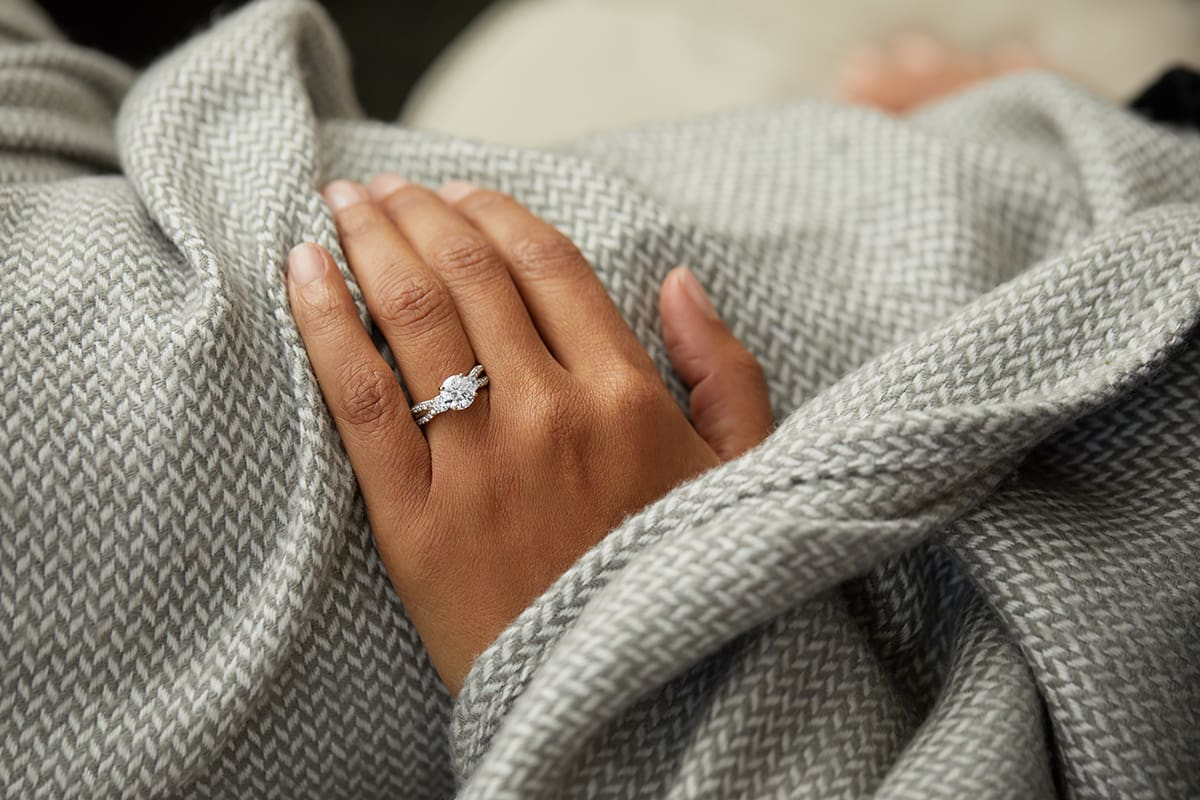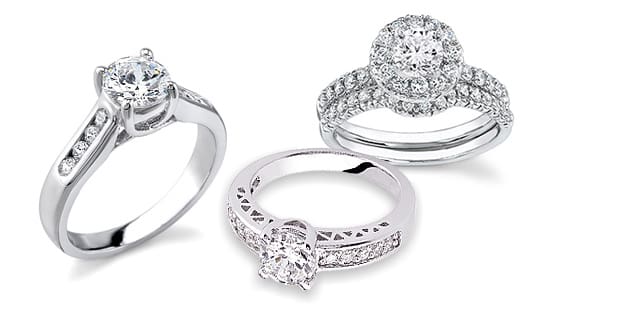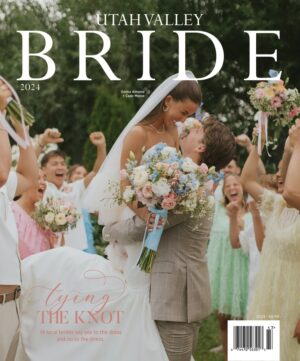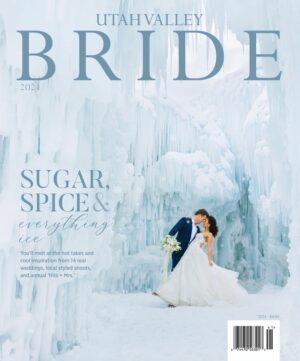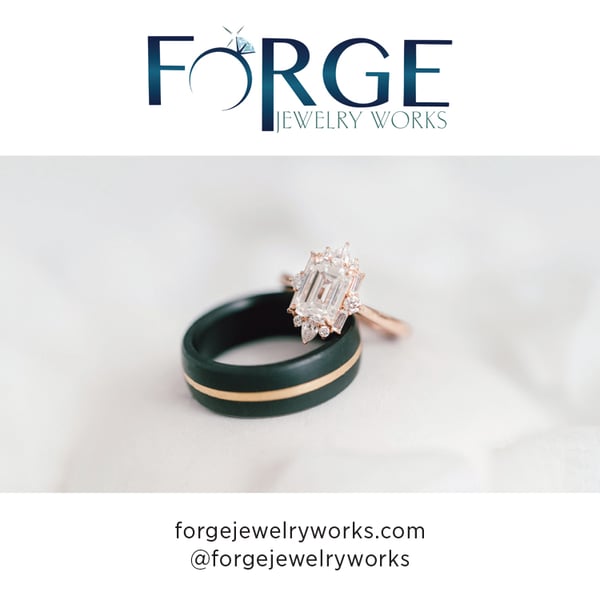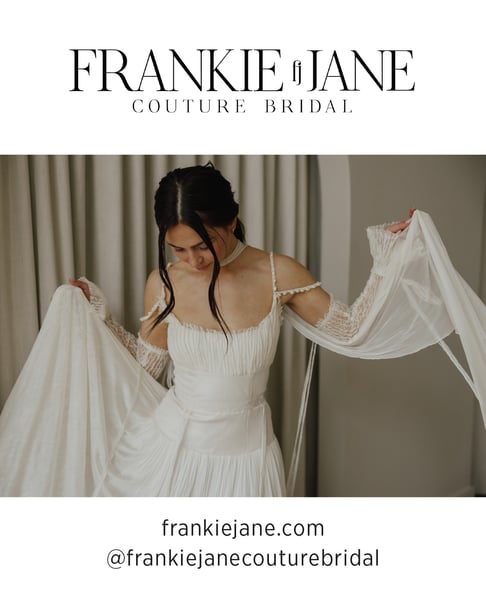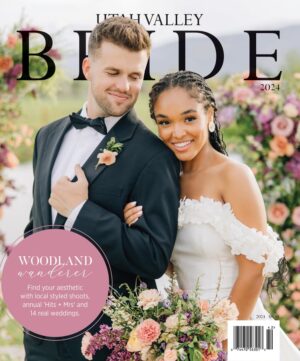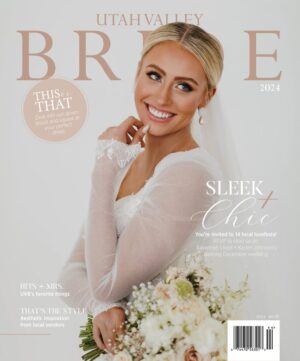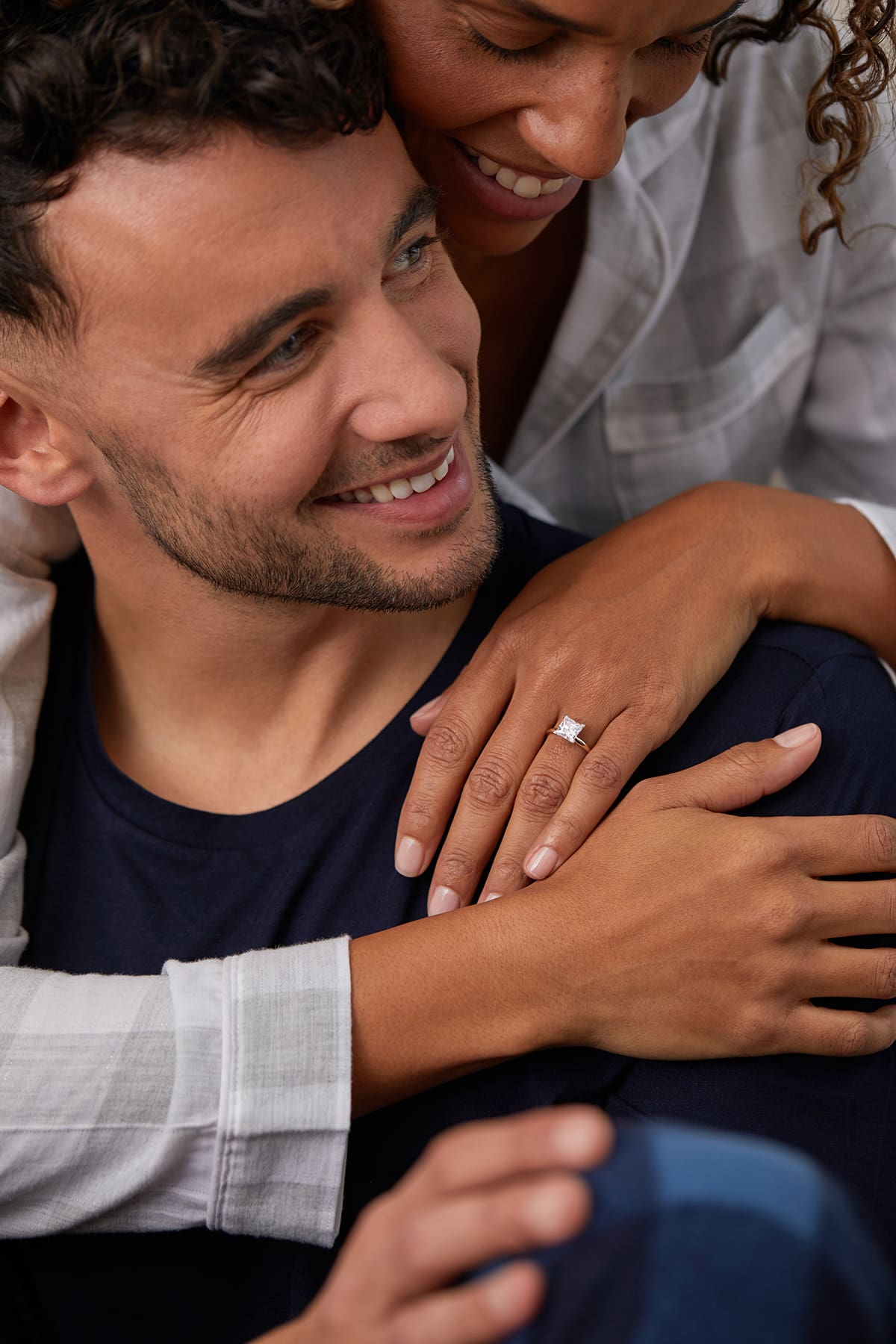
If you’re shopping for a diamond, it pays to be knowledgeable about the basic terminology that is used to describe the stone. For the most part, that comes down to learning the 4 C’s of diamonds. Not only will this education allow you to narrow your search, but it will also help jewelers understand what you’re looking for to help you find your perfect match.
Although you should take the time to learn about all the 4 C’s, ‘Cut’ can be a bit confusing, as it is sometimes confused with a diamond’s shape. Often used interchangeably, cut and shape are two very different aspects of a diamond — they have two very distinct meanings and it’s important to learn their individual definitions.
Here’s everything you need to know about the difference between diamond shape and cut.
DIAMOND SHAPE
A diamond’s shape refers to the general shape that is formed by the diamond’s outline. This is one of the most easily recognizable features of a stone. For example, a round-shaped diamond is easy to spot because of its circular outline. Likewise, a teardrop or pear-shaped diamond would be recognized for its distinctly pointed tip and round bottom.
Diamond shapes are created by lapidaries — they are specially trained in the art of diamonds and use tools to help them get the perfect outline or shape of a diamond or stone. Without these specialists, there wouldn’t be as many awesome shapes to choose from today!
Popular Diamond Shapes
Not sure where to start? Don’t worry. Here are some common diamond shapes to help you get more acquainted with the variety of looks that are out there!
- Square – This shape can also encompass rectangular shaped diamonds. Four distinct lines make up this shape.
- Oval – An elongated circular shape makes oval-shaped diamonds flattering in any jewelry setting they are used in.
- Round – One of the most common shapes, this circular diamond shape features no sharp edges or lines.
- Heart – Especially useful if you are purchasing a diamond jewelry piece, heart-shaped diamonds are shaped like a classic heart ending in a point with two rounded arches.
DIAMOND CUT
A diamond’s cut is where master craftsmanship comes in. Diamonds are cut using specialized tools that have been engineered to enable them to cut through the stone’s famed hardness. In short, a diamond’s cut refers to what cutting style has been used on the diamond and to what effect. Cut is a huge indicator of how much your diamond will sparkle.
Popular Diamond Cuts
There are many different styles of diamond cuts that require extreme accuracy and precision to produce their best effects. Here are some of the most popular diamond cuts.
- Cushion-cut – As its name infers, this cut creates a square-shaped diamond with rounded edges, much like a pillow.
- Brilliant-cut – Applied to many shapes, such as round and oval. It includes 57 or 58 facets.
- Princess-cut – Usually featured in a square-shaped diamond, this cut is designed to give off an excess of brilliance. It’s perfect for those who want to make a statement.
- Emerald-cut – The emerald cut is known for its ability to create depth and is commonly paired with a rectangular shape to achieve its pool-like depth.
- Asscher-cut – This cut is very unique and typically comes in a rounded square shape. It features cuts that work to create a layered look. This cut enhances a diamond’s brilliance.
- Radiant-cut – Perfect for a center stone, radiant-cut diamonds are extremely fiery and look excellent on their own or surrounded by a halo of smaller diamonds.
Note: When you’re deciding on the cut grade for your diamond, all shapes other than round will have a ‘none’ cut grade. This is because there are so many ways to make these diamonds sparkle that it would be extremely difficult to come up with a grading system similar to the one that is used for round diamonds.
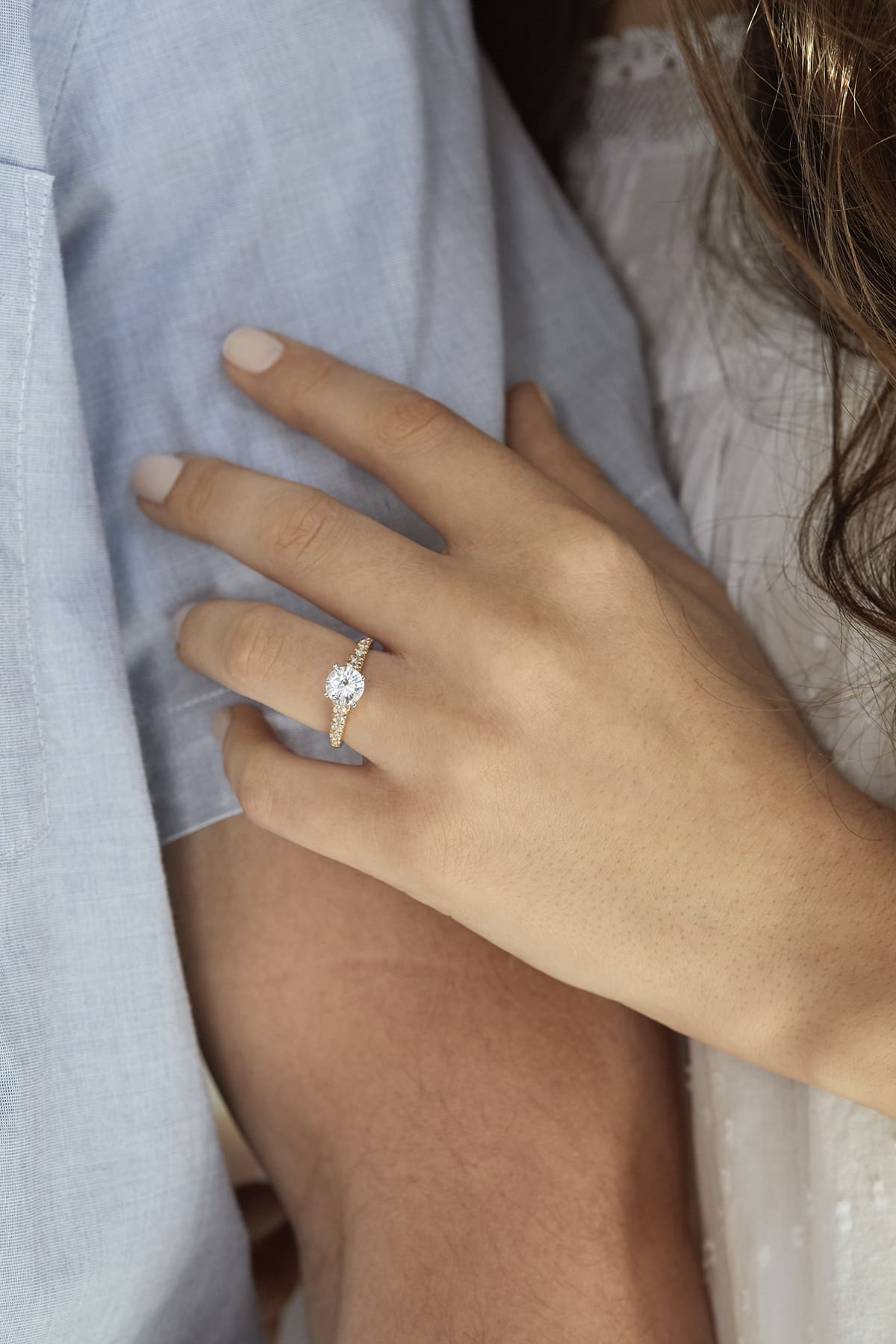
THE COMMON CONFUSION
So where is the mix up? If you’ve done any diamond searching at all, you’ll notice that some diamonds are commonly referred to by their shape (round, oval, teardrop/pear) and some are referenced by their cut (cushion, emerald, princess). The reasoning behind this is because there are multiple different diamonds that fall under the square or rectangular-shape umbrella. So, to differentiate them further, it has become commonplace to call them by their cut.
So, it’s technically correct to call a cushion diamond a square-shaped diamond or a cushion-cut diamond. However, where it becomes incorrect is when people try to assign cuts to the shapes that are all part of the brilliant cut family. An oval-cut diamond is not an accurate way to reference this diamond. It would be either an oval-shaped diamond or an oval brilliant-cut diamond.
Confused yet? Don’t be. A diamond expert should be able to help you find the exact cut and shape that you’re looking for, in addition to the other 3 C’s.
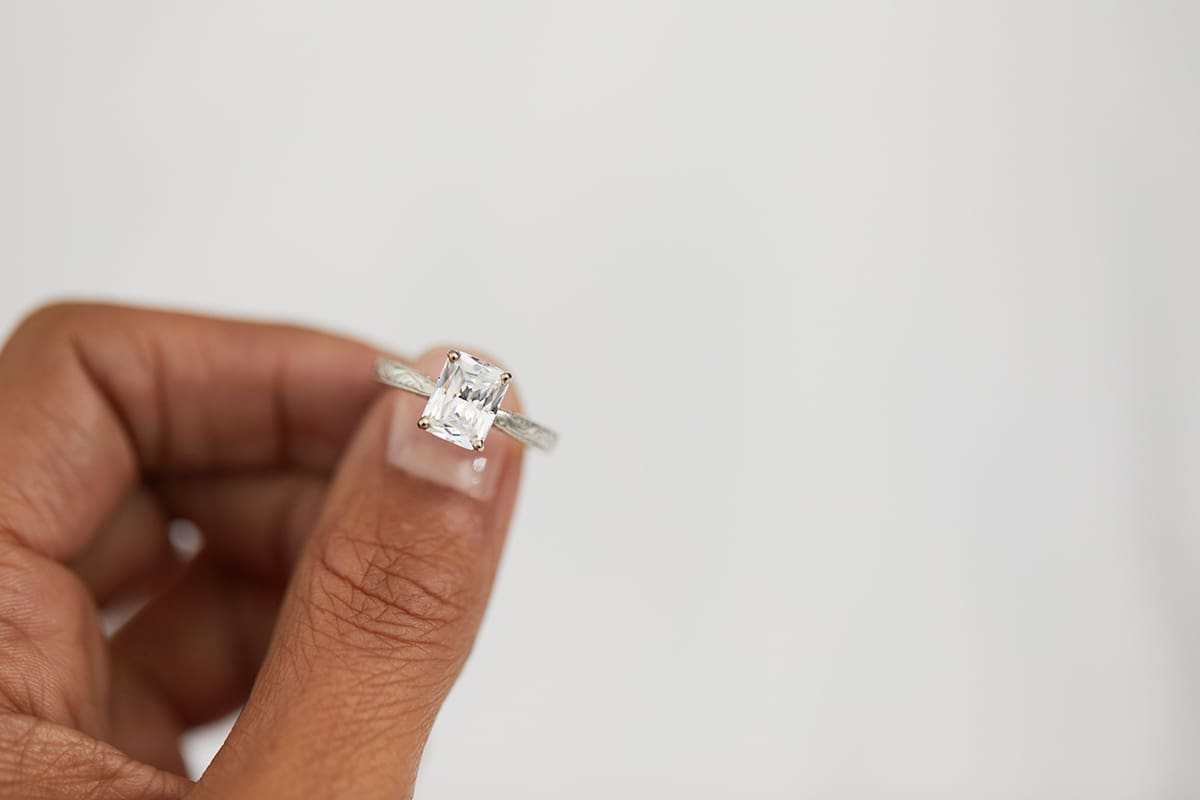
KEY TAKEAWAYS
Diamond shopping can be hard, especially if you don’t already have a specific look that you want to achieve! However, with a little research, you’ll be able to put to words the diamond shape and cut that you are looking for.
